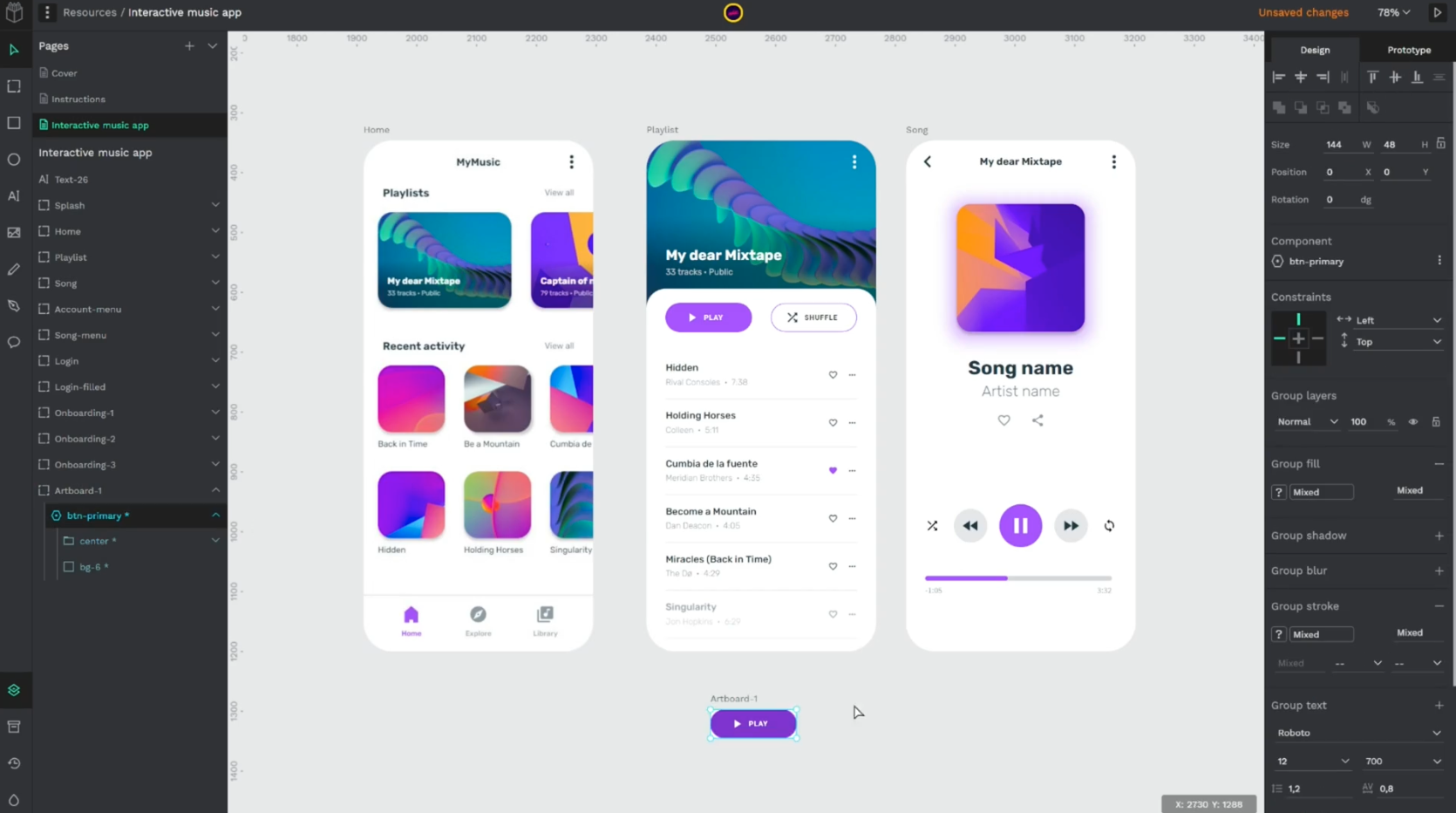10 Fun Facts About the Strange History Behind Taking a Screenshot
In the digital tapestry of modern technology, the humble screenshot occupies a unique and fascinating niche. Far from being a mere digital utility, the evolution of screenshots reflects broader technological advancements and the shifting ways in which we interact with digital media. This article embarks on a journey through the quirky evolution of screenshot history, exploring its origins, transformations, and the cultural phenomena it has inspired. From its inception as a technical necessity to its current status as a ubiquitous tool for communication and documentation, the screenshot's journey is a testament to innovation and adaptation in the digital age. As we delve into these 10 mind-bending insights, we will uncover how a simple image-capturing process became a cornerstone of digital interaction, shaping how we share information and experience the world.
1. The Birth of the Screenshot: A Technical Necessity

The concept of capturing a computer screen predates the modern screenshot as we know it today. The earliest instances can be traced back to the 1960s when computer scientists needed a way to document their work and share it with others. Initially, this was achieved through complex processes involving photographic equipment to capture the display of cathode-ray tube monitors. These early methods were cumbersome and required significant technical expertise, but they laid the groundwork for future innovations. As computer technology advanced, so too did the methods for capturing screen content. By the 1980s, the advent of graphical user interfaces (GUIs) and personal computers necessitated more efficient ways to document on-screen activity, leading to the development of software-based solutions.